Tea in England
|
| Etiquette writers in true, social structuring fashion, took on the trend and devised books of rules on how to behave before and during tea parties, including how people are invited, how to RSVP, who serves what, and if servants should or shouldn’t be present (after all, you wanted to be sure they didn’t hear the gossip that was undoubtedly being passed around during the party). The parties ranged in size from small, intimate affairs, to an event with 200 people in attendance. The rise of tea parties didn’t just affect how people socialized, but had effects that reached outward to how homes were built (with parlors to accommodate guests for tea) and fashion (with the rise of a looser-fitting dresses that were called tea gowns). There are even records of interior designers working with fashion designers to coordinate dresses with colors and patterns present in parlors, to ensure that the hostess and her parlor were complementary during tea time. |
Cups, Mustaches, handles, and saucers: A brief history of the teacup
| Chawan with hare's fur pattern and black glaze, Jian ware, from Jianyang in China, Song dynasty (Wikipedia) | Teacups, of course, are central to the concept of tea, and over time, their appearance has changed. The earliest teacups from Asia were small, with no handles. These kinds of tea cups are still in use today around the world. |
| With time, a saucer, or small plate that the teacup sits on, was added to serve a double purpose: protect the teacup carrier from the hot sides of the teacup, and as a method to cool hot tea by pouring the tea from the cup into the saucer and sipping from the saucer rather than the cup. A handle was eventually added to the cup itself, which led to the saucer being more of a decorative element rather than a utilitarian one. | Part of a tea set originally owned by HH Buhne. Ella Craddock Brown Collection. |
| Mustache tea cup | With the rise of the perfectly shaped wax mustache in men (attributed to the enforcement of mustaches as part of the British military uniform), the “mustache teacup”, or more simply mustache cup was invented. The cup featured a shelf on the inside of the cup to protect the wax on the mustache from melting when it came in contact the with the steam that rose off of hot tea. With the decline of the waxed mustache, mustache teacups also fell out of style. |
| A third kind of teacup actually resembles more of a bowl-teacup hybrid: the two-handled teacup. This cup held consomme (a type of soup) or other treats at tea parties when the hostess didn’t want to get a soup bowl. The double handles also made it easier to feed soup or broth to ill people who may not be able to drink from a cup with one handle or a bowl with no handles. They were also used for hot chocolate, another favorite drink during the Victorian period. | Double handled tea cup |

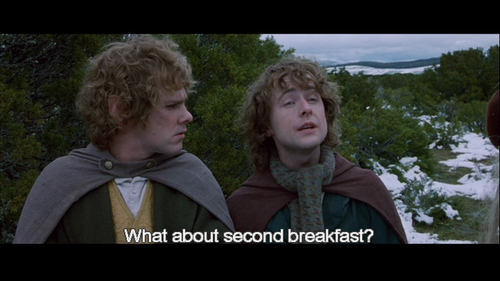
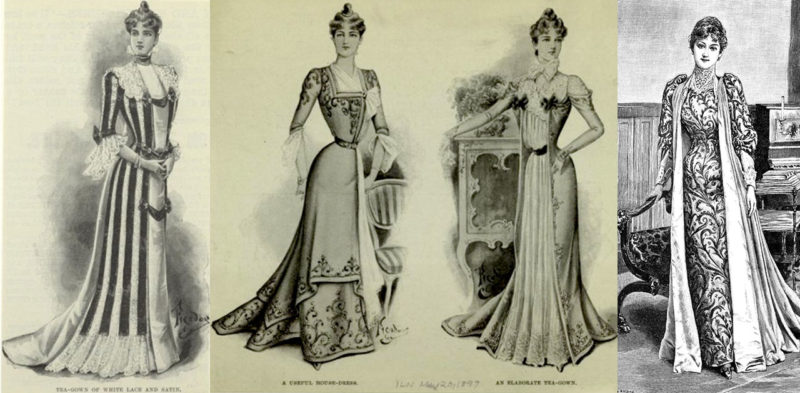
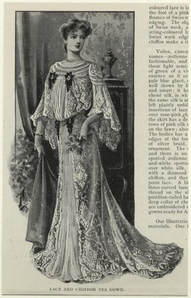
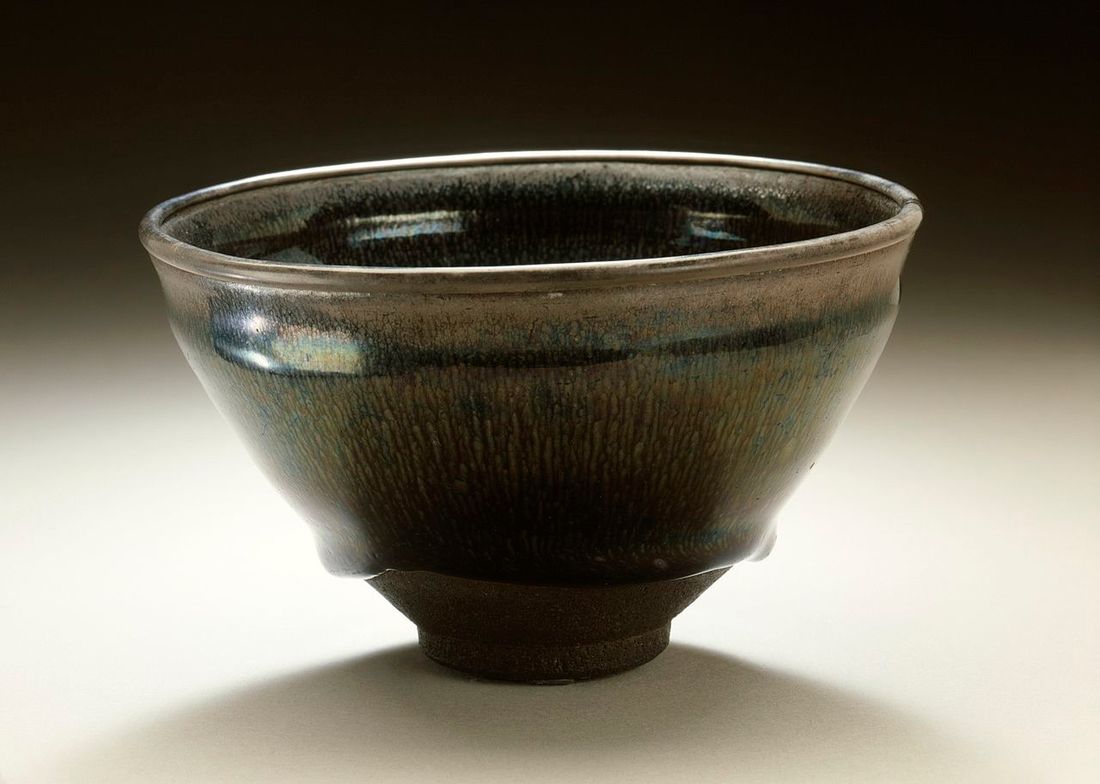
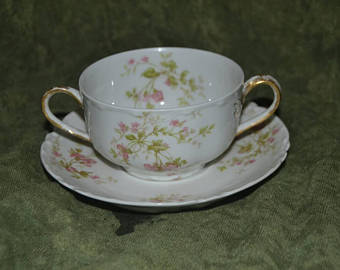
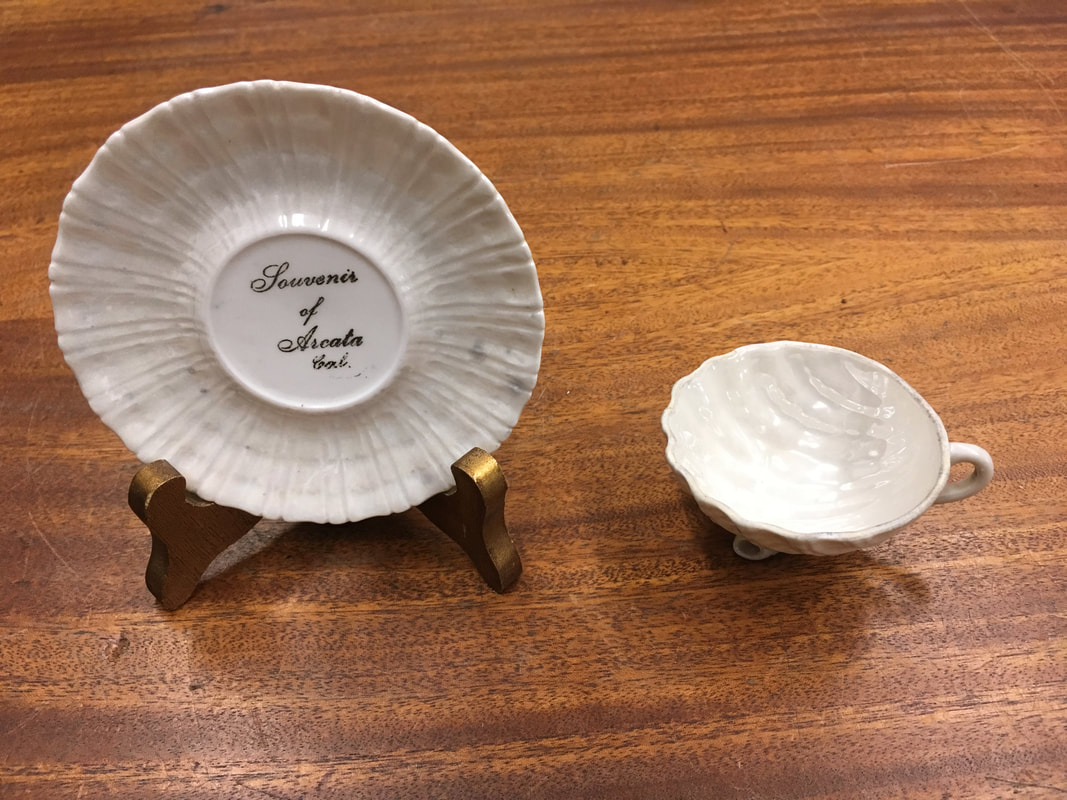
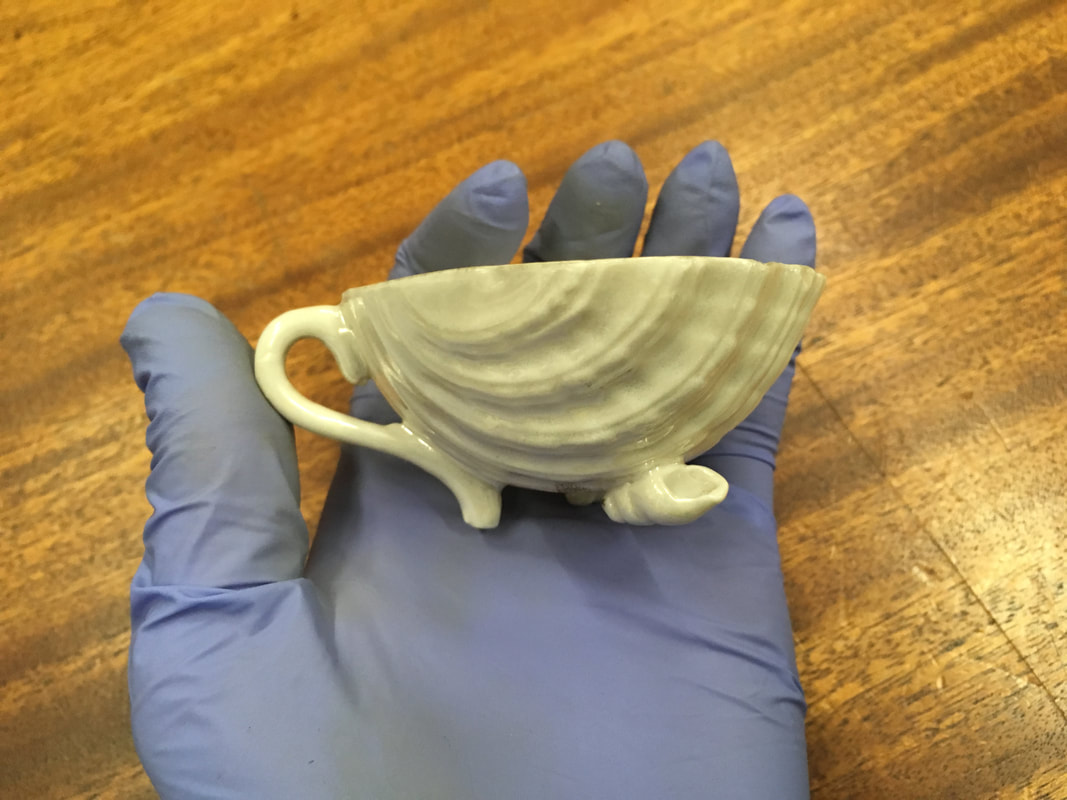
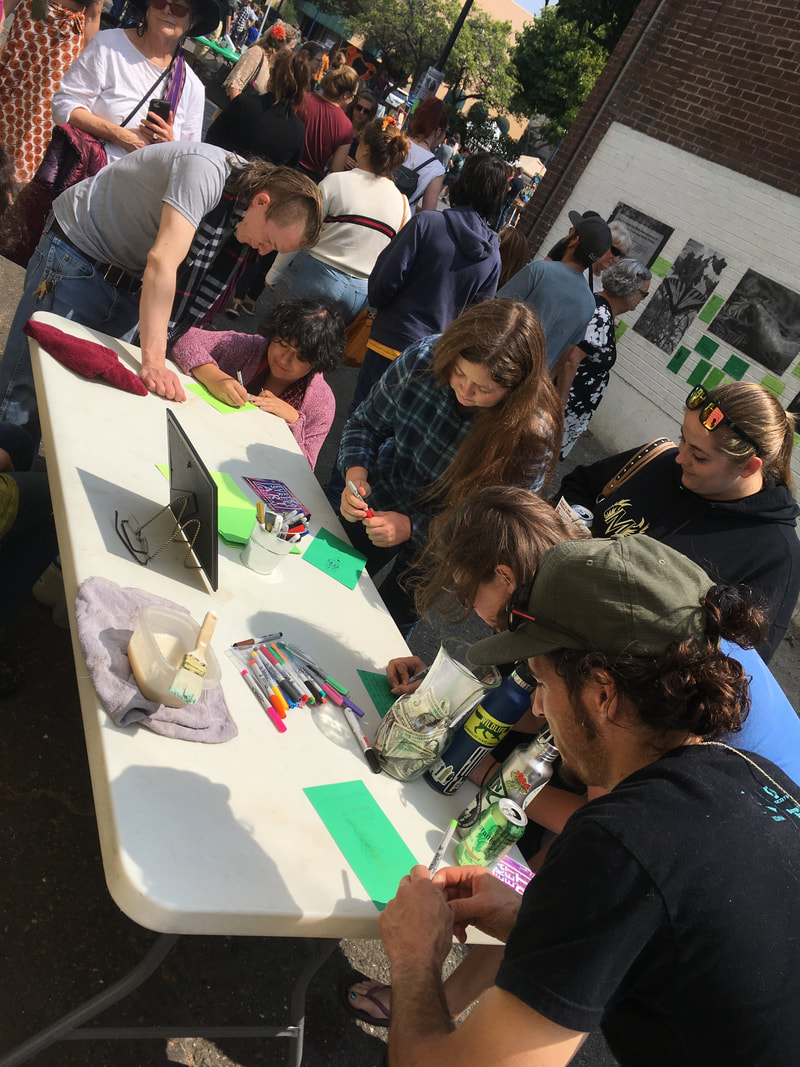
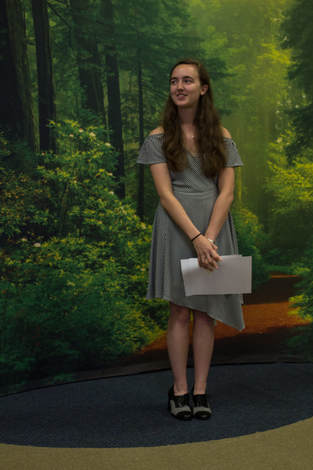
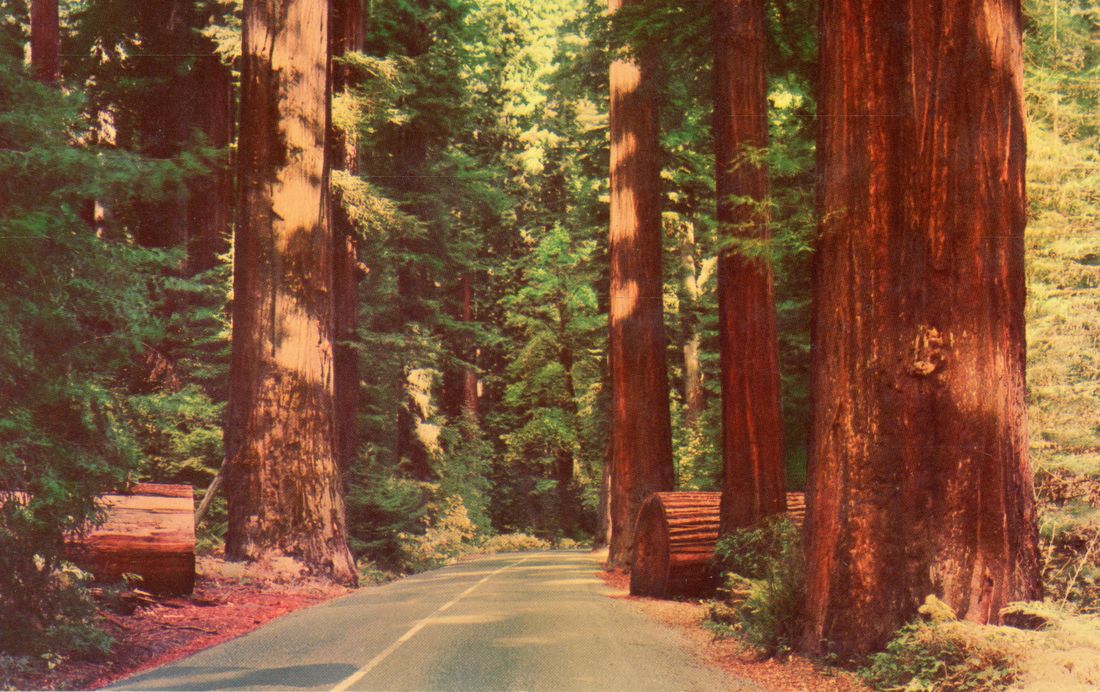
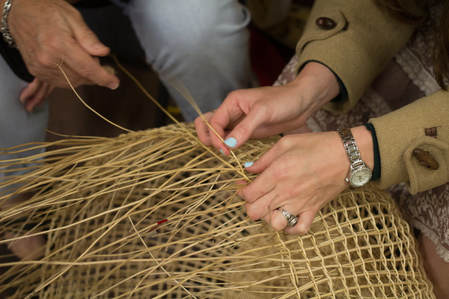
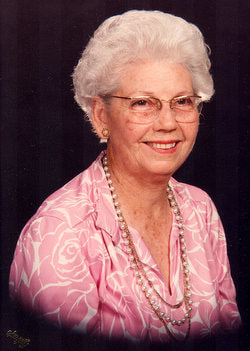
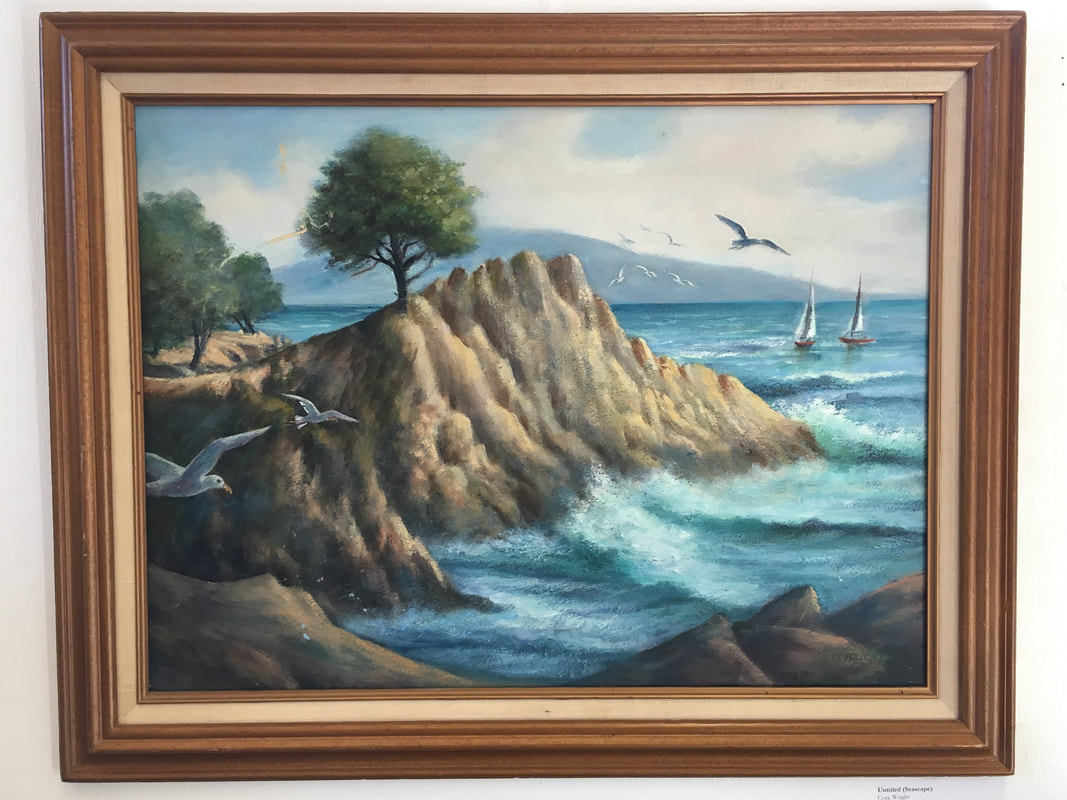
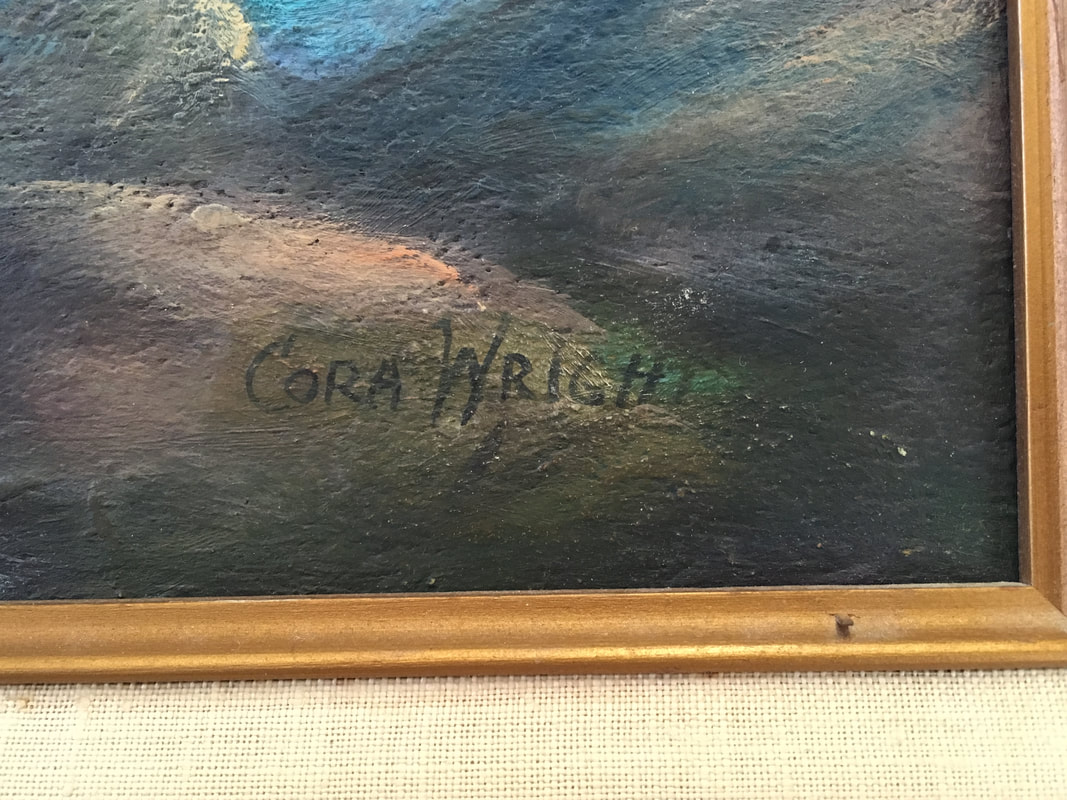
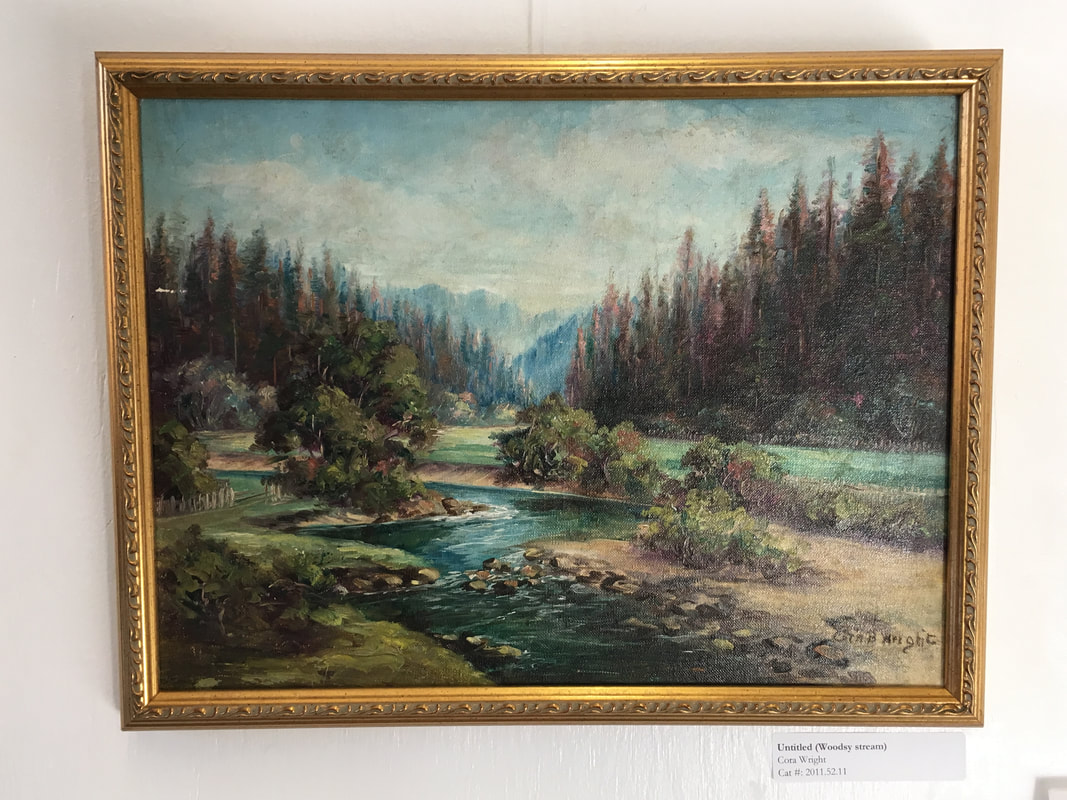
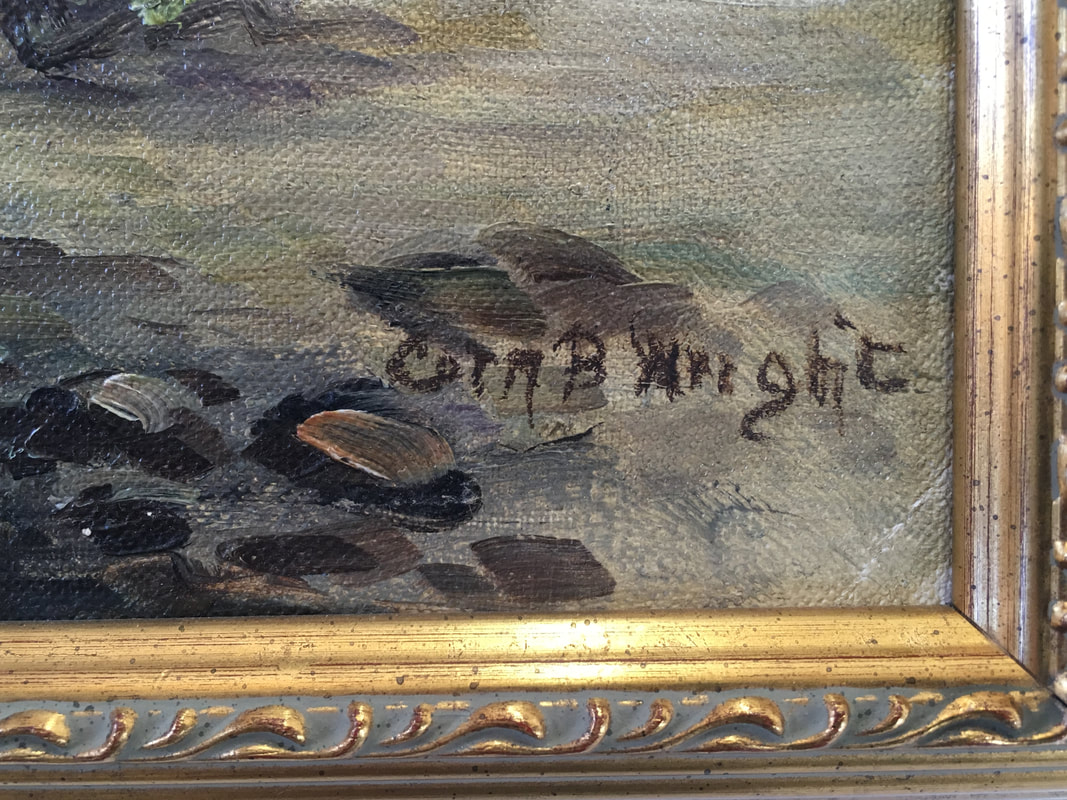
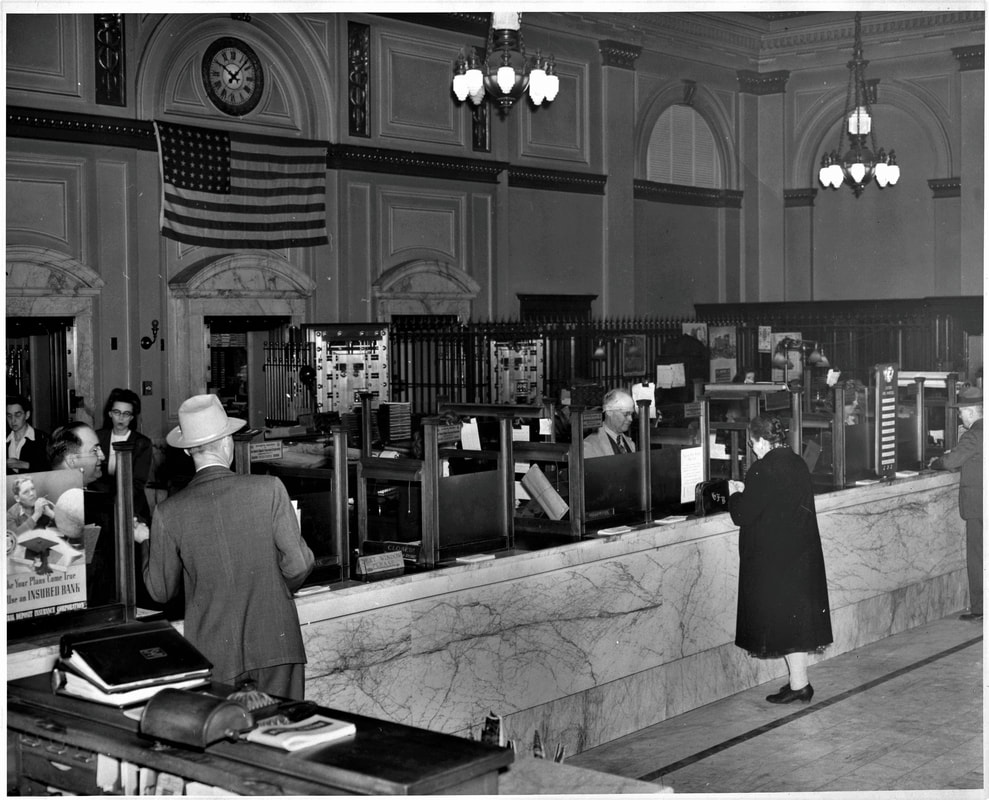
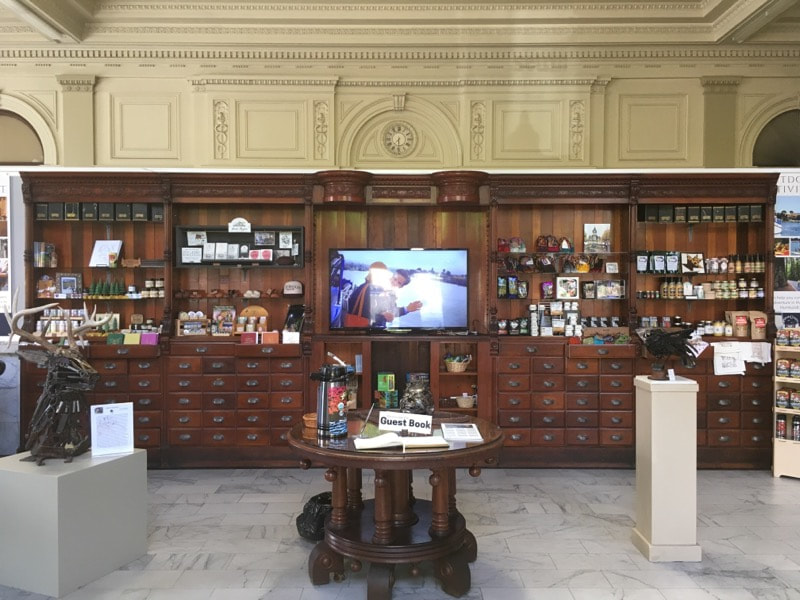
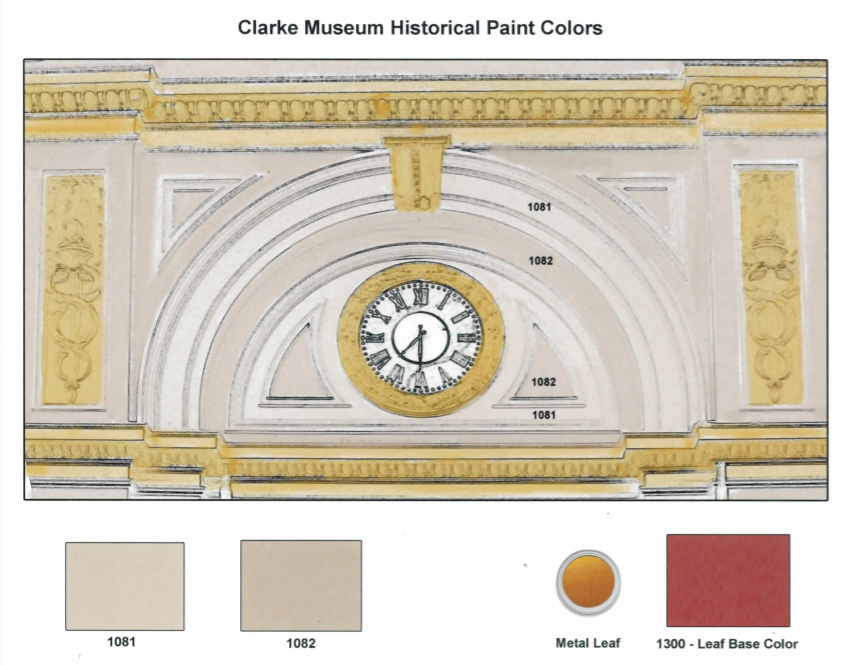
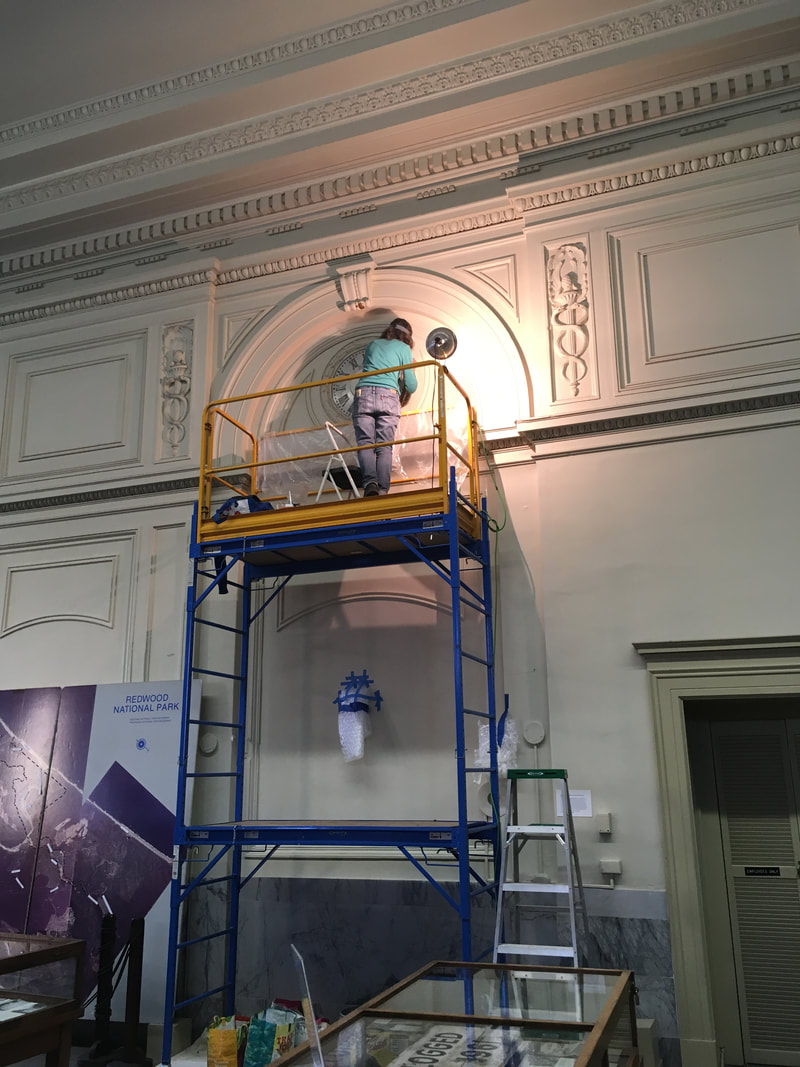
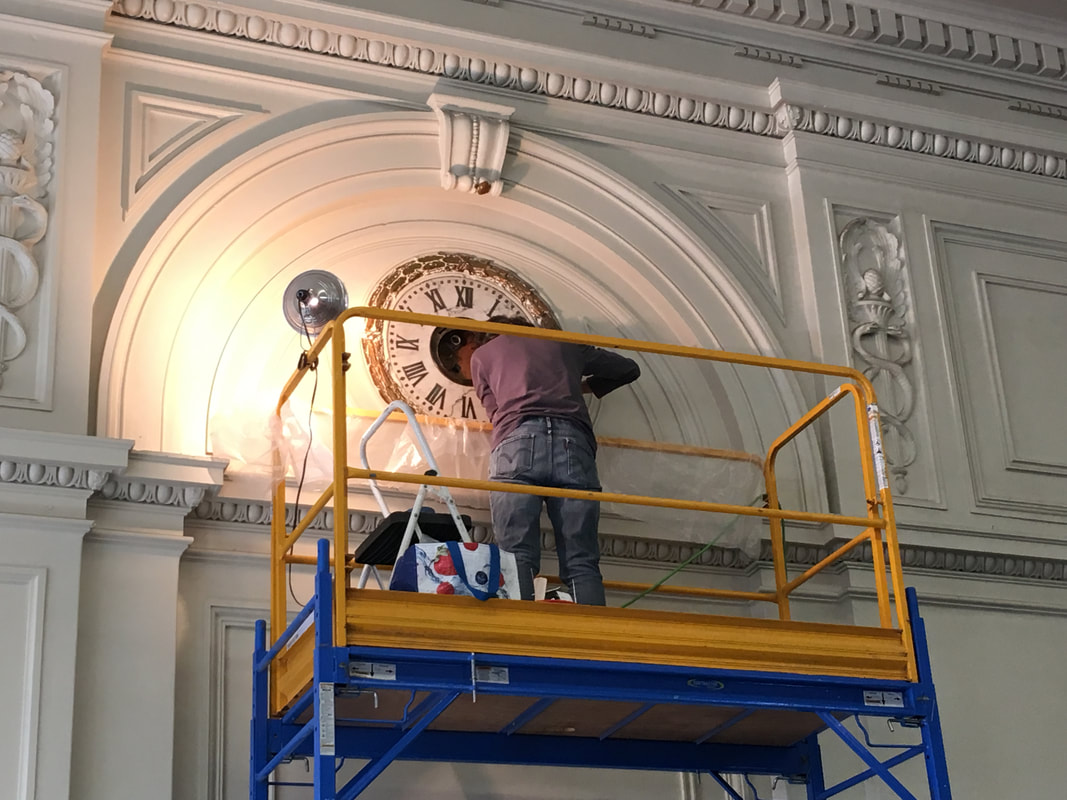
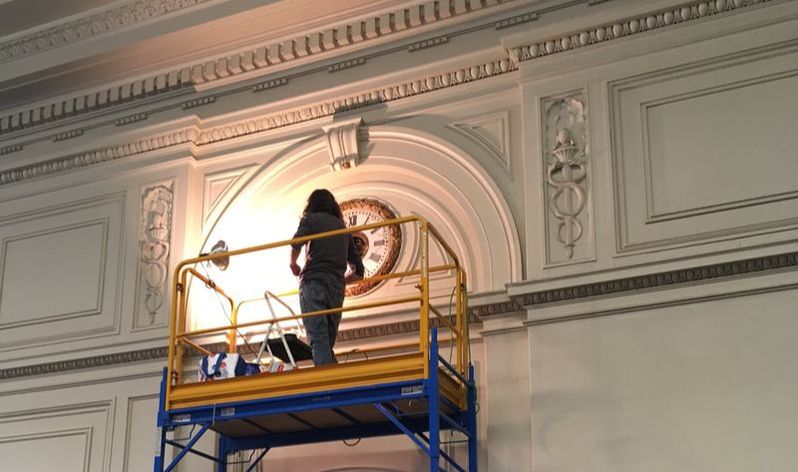
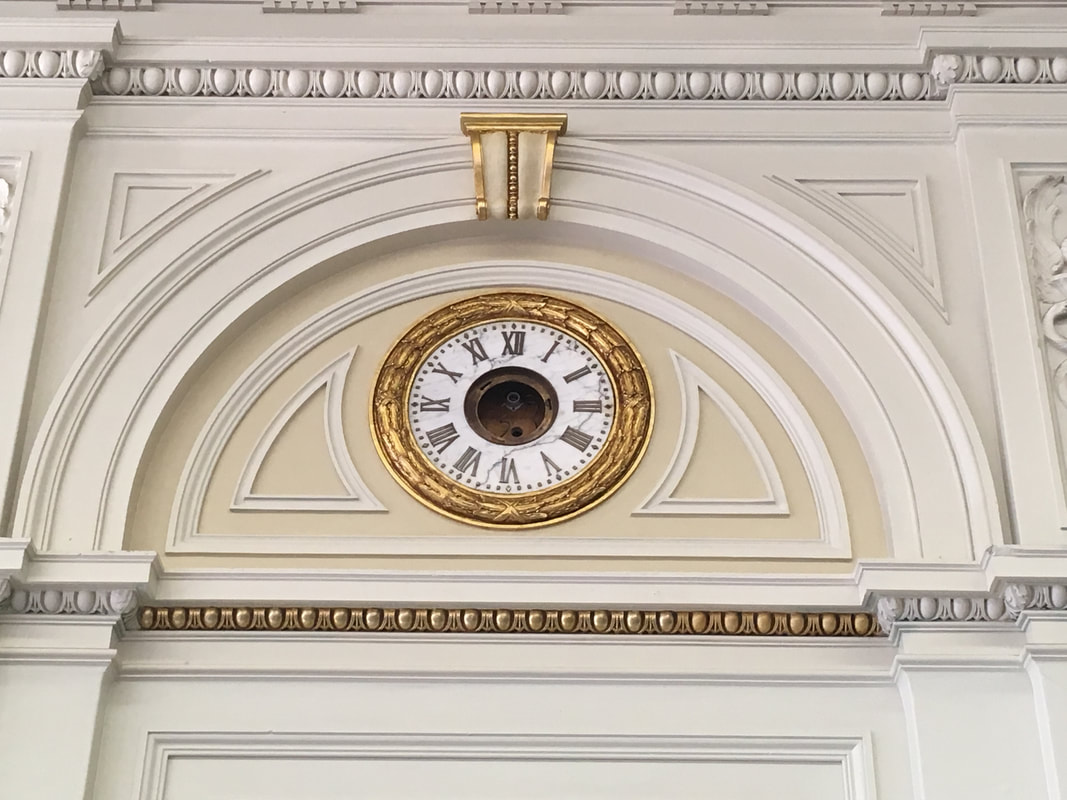
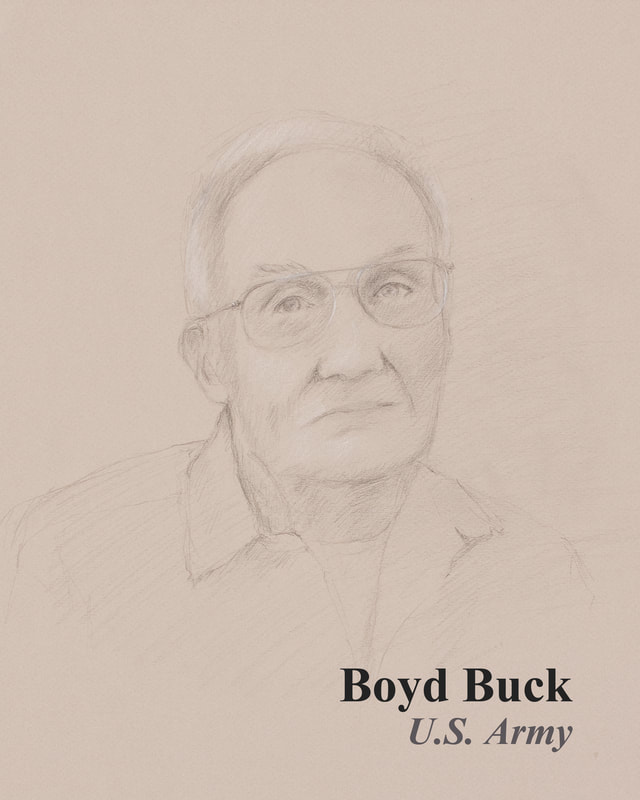
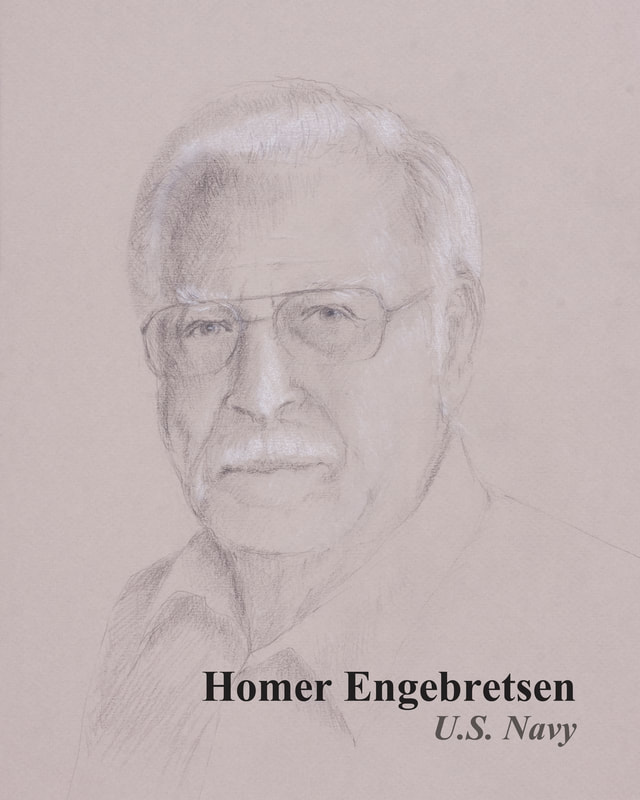
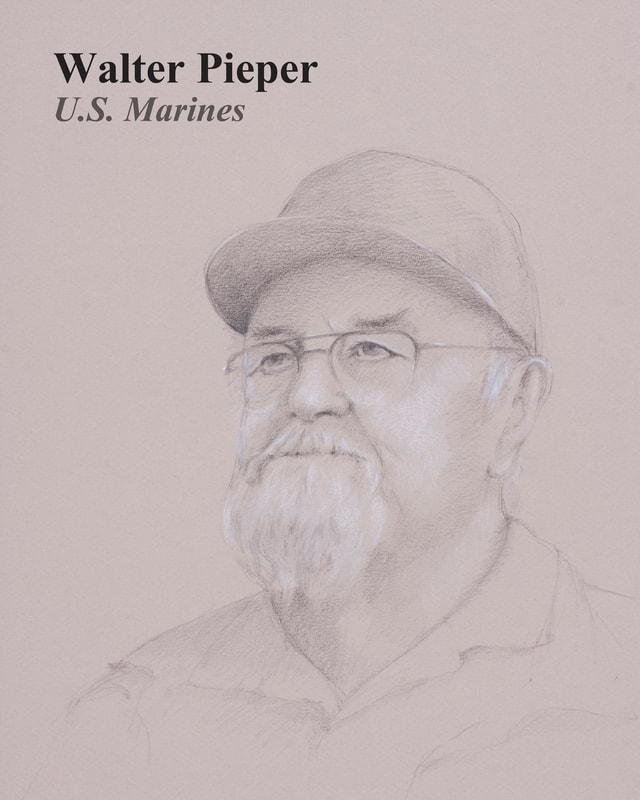
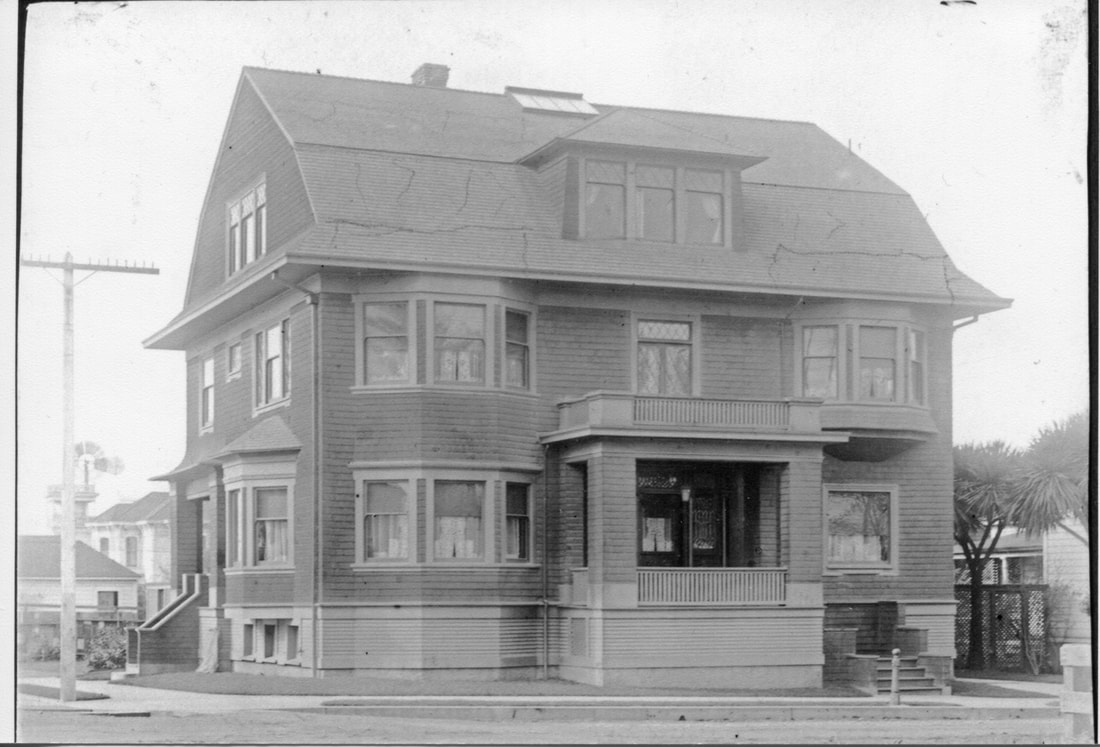
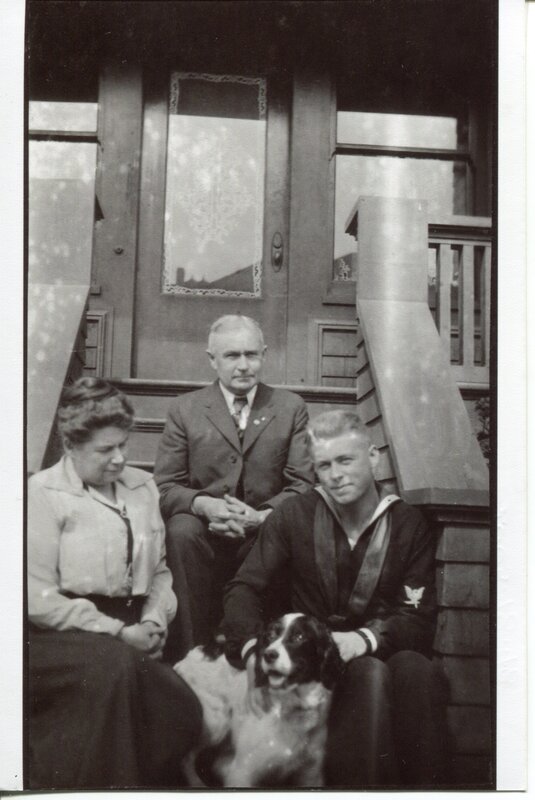
 RSS Feed
RSS Feed